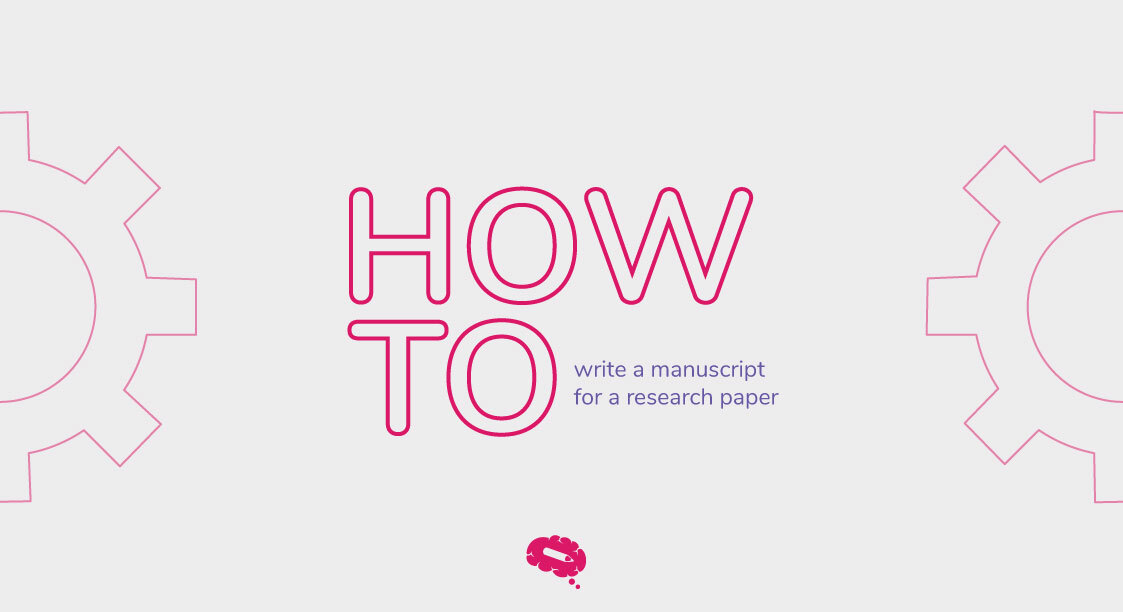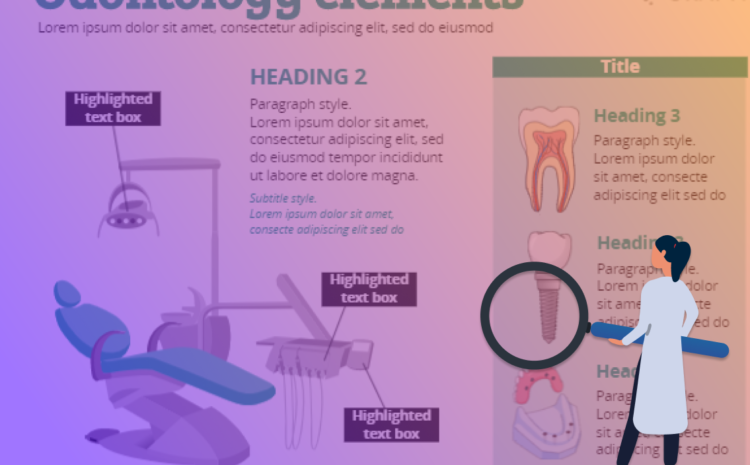The presentation is simply designed to present any topic at its best. Such a text should be well structured, intuitive, informative, and beautifully designed. But you don’t have to be a designer or a Photoshop wizard to do this.
In creating a quality presentation, it is vital to combine the insightful text and straightforward design skillfully.
How to write a presentation description?
Similar to any other content. Take into account the target audience and the topic, choose a suitable style of explanation and fill the text with information and facts. Description content will be an excellent basis for an informational presentation. Thus, the description of the presentation depends entirely on the objectives. For example, if your goal is to convince people, you need to saturate it with facts, figures, favorable terms, and calls to action.
Presentation is a compelling type of content for an academic audience. It works brightest as an offer. Thanks to the beautiful design, your offer will attract much more attention and win the favor of the target audience in advance. The academic audience also likes presentations for their logical structure and clear demonstration of the topic.
But in addition to the how to write a presentation description, its design is no less critical. Slides present the essence of the content very advantageously if you take advantage of proven tips in formatting.
Is it true that the description should not be more than 30 words?
There are no universal rules on how to write a presentation description. Presentations differ in purpose, format, and audience, and each slide separately solves a different problem. For example, if you send a commercial proposal by mail, a separate slide may contain the contract terms or legal details that the addressee needs to know in advance. This is a critical text, so do not risk the meaning and reduce it for the sake of mythical “regulations” of 30 words or 6 lines.
Essay writing service advises to remember the simple principles:
- One slide – one thought.
- It is better to break down a complex idea into simple ones and explain it in several slides.
- Sometimes it is better not to tell but to show illustrations, icons, and diagrams.
- Good description briefly and accurately conveys the meaning.
It only takes a few sentences to describe a simple thought, which is enough for one slide. If there is so much text that you want to reduce the font – think about whether you can shorten it.
How to make the presentation description concise?
Use as simple a formulation as possible: avoid complex speech constructions, participles, passive voice, abstruse expressions, and clericalisms.
Come up with meaningful titles that convey the theme or the main idea of the slides. That way, the audience will understand and remember your opinion without reading the main text. Ensure the text, icons, and illustrations on the slide are related to the title.
The presentation to be sent out will be read, so it should be self-explanatory. You should put it together into a coherent and consistent story that is understandable without a speaker. You can place as much text as you want (but not so that the whole slide is solid text).
If you are speaking publicly, the description on the slide is unnecessary for the presentation: you can show illustrations and diagrams, explaining their meaning in parallel. Take into account the room in which you are to speak. Presentation slides in a small meeting room are visible to everyone so that you can place illustrations and even icons on them in addition to the description. But if you have a vast space, people will read the text from the last row, which directly affects its size and the number of words on the slide.
What is the difference between presentations that are sent and public speaking?
The slides are the same everywhere, aren’t they? Not really. The slides will be different, but that’s not even the point. The conditions in which the audience perceives the information differs. Public speaking with presentations is always limited in time. People can safely study and re-read the presentation received by mail.
The main difference between these presentations: the audience’s attention is focused on different things. During the public speaking with the presentation, the audience listens to the speaker to avoid losing the thought and occasionally switches to the slides.
During public speaking, the slides are linked to speech and appear on the screen when you choose to do so. They should be easy to read so as not to distract the audience’s attention from your words. It is enough to show a few talking points or visual images. Without a speaker, such a presentation will be an incomprehensible set of slides.
The audience focuses entirely on the slides when receiving a presentation by mail. The speaker is not there, the reader has no one to ask questions, and he or she will understand only what you write and show.
Everything the reader will see in a presentation sent by mail should be connected into one coherent story, understandable without a speaker. It will need meaningful headings by which you can understand the essence of the presentation without reading the main text. Some of the points will have to be more detailed and make semantic links between the slides so that the viewer understands what will happen next. You don’t want the reader to switch slides and lose the point.

Subscribe to our newsletter
Exclusive high quality content about effective visual
communication in science.




